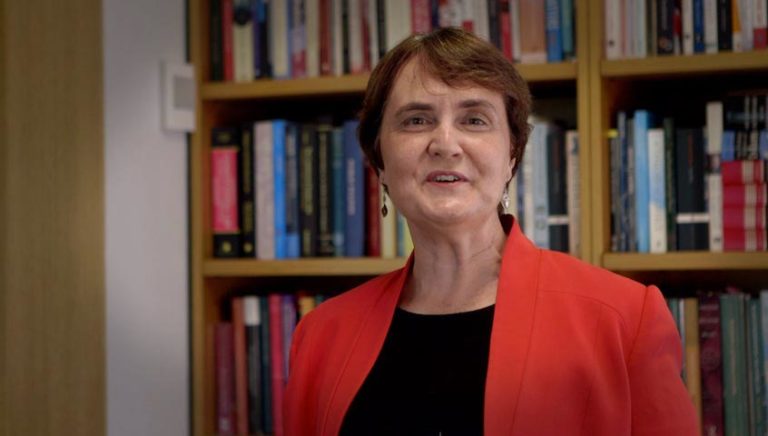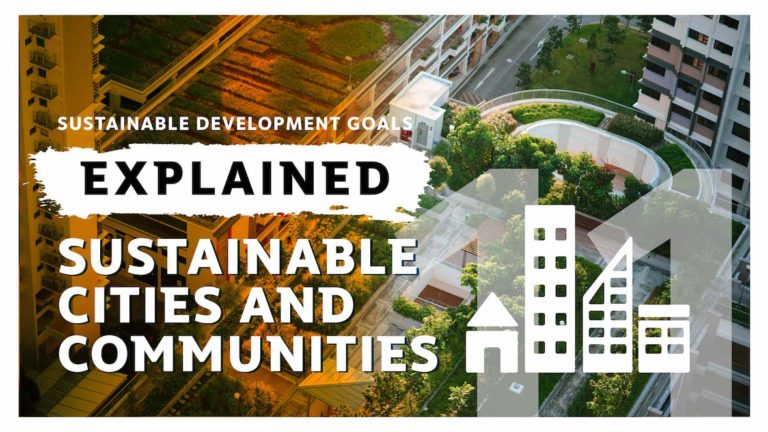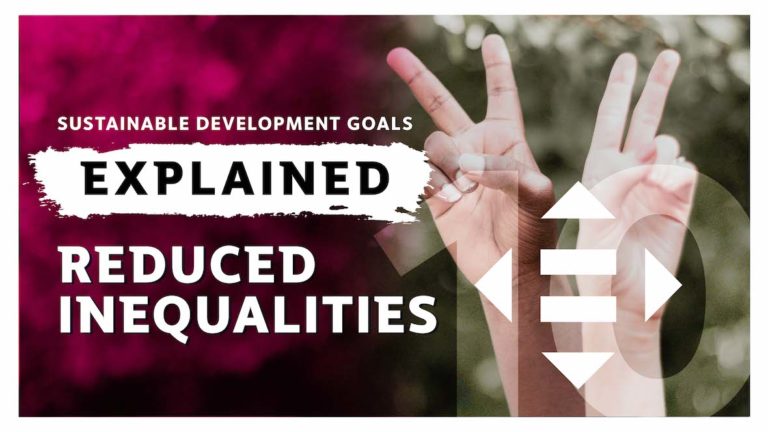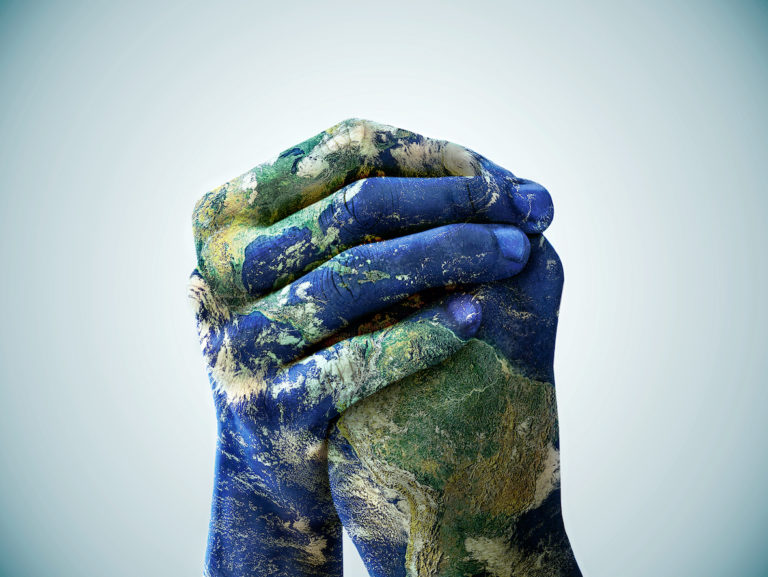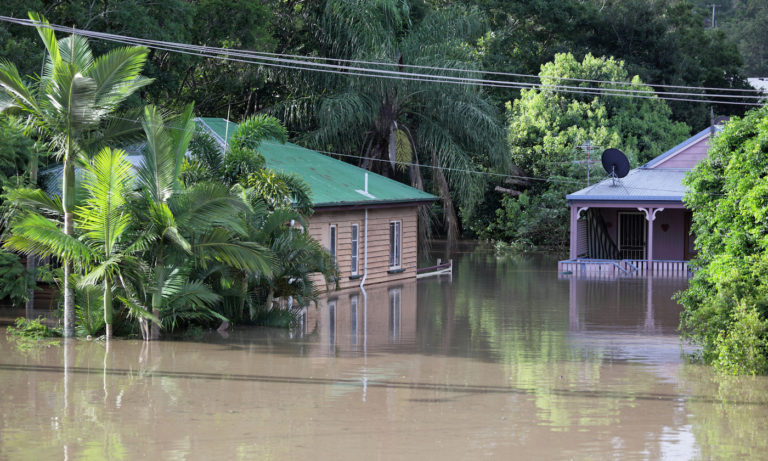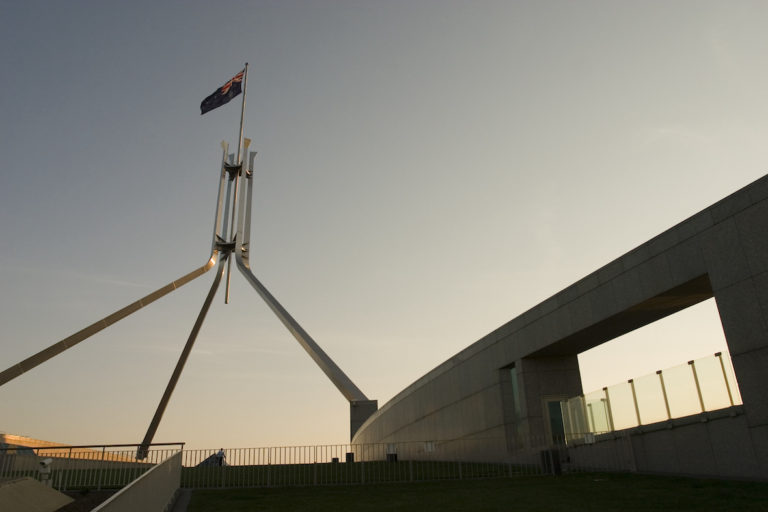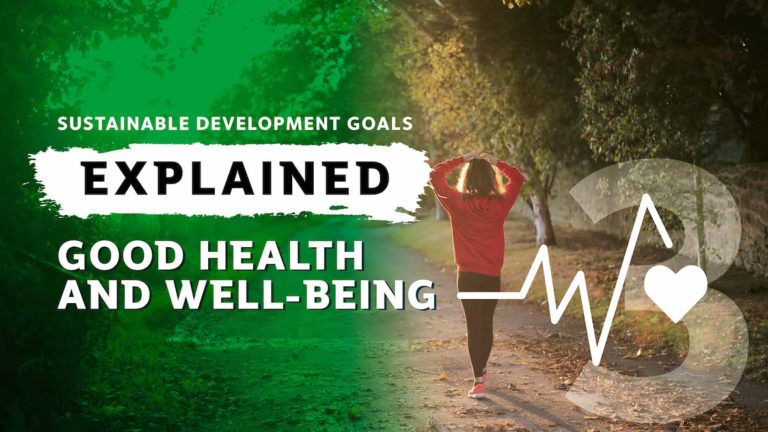
SDG 3 Good health and well-being
Maintaining our health and quality of life is important to each of us and important to all of us as a society. While this issue has been brought into stark relief globally with the COVID-19 pandemic, across the world, for centuries, people have battled everything from outbreaks of infectious diseases to chronic health problems. The third of United Nations Sustainable Development goals is focused specifically on the aim of ensuring healthy lives and promoting well-being in people of all ages.

